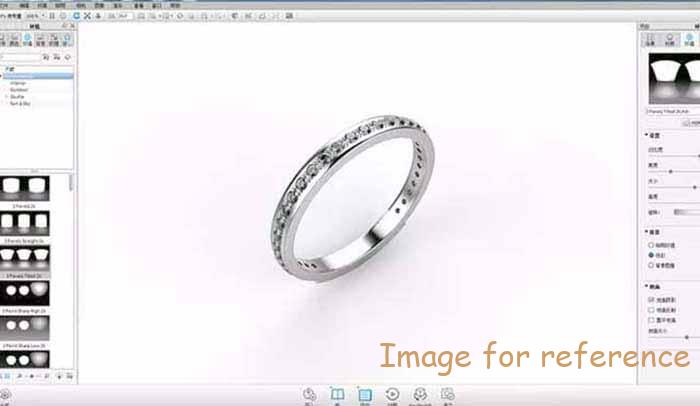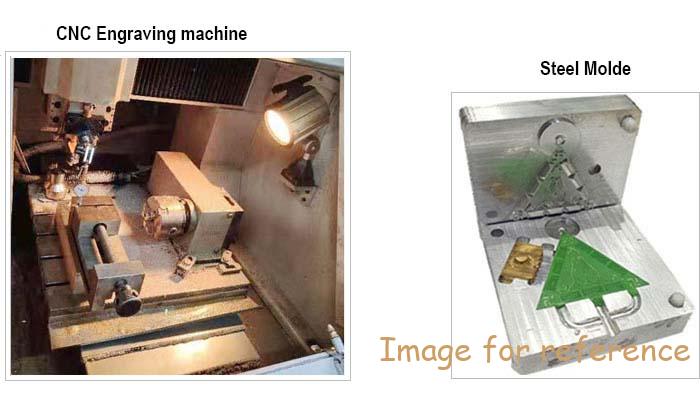Gemstones have many characteristics that can be used as a basis for identification. When testing and identifying a gemstone, first observe its color, luster and crystal form, and then measure the hardness, gęstość względna, and streaks. Testing these features is mostly carried out in the field. When conditions permit, the cleavage and fracture of gem minerals should also be tested.
The first is Hardness:
Hardness refers to the ability of a gemstone to resist scratching. W 1812, the Austrian mineralogist Frederick. FriedrjchMohs (FriedrjchMohs) proposed a practical classification table for the hardness of minerals. He will be able to obtain high-purity 10 kinds of common mines, arranged in order according to the size of each other’s ability to resist scribing. This set of relative hardness standards is divided into 10 poziomy, ranging from the least hard talc to the hardest diamond. High-grade minerals (klejnoty) can be carved with low-grade minerals (klejnoty), such as topaz with a grade of 8, and quartz with a grade of 7 but not corundum with a grade of 9. The Mohs hardness tester is designed accordingly. Mohs hardness only indicates the relative hardness of minerals, not absolute hardness.
The second is Cleavage:
Cleavage refers to the way in which minerals split along certain weak surfaces, which are usually in the direction of the weakest atomic chemical bond or between atomic layers. Although the cleavage surface is very flat and reflects light uniformly, it is not as smooth as the crystal surface. The degree of cleavage can be complete, jasne, unclear and uncleavable.
The third is Fracture:
Hit the ore or gemstone with a hand hammer, it will break, ;, and reveal the uneven rough surface, this is the fracture. The most common is the shell-shaped fracture, which is named because its shape is very similar to the concave shape of the shell; the other type of fracture is the jagged fracture, which refers to the uneven and jagged fracture surface that appears during the fracture. Ponadto, there are flaky, needle-shaped, and soil-shaped fractures.
The fourth is Tenacity
Toughness refers to the ability of a gemstone to resist wear, stretch and compression. The toughness of a gemstone means that it is difficult to break. Na przykład, the structure of jade has two types: the granular metamorphic structure of jadeite and the fibrous metamorphic structure of nephrite. Although its hardness is not too high, it is not easily broken due to its high toughness.
The fifth is relative density (Relative Density). Measuring the relative density of gemstones is very important for its classification and identification.
Producent biżuterii OEM/ODM Design Projekt własnej biżuterii
Zacznijmy : mo@kingjy.com
Guangzhou Jinging Focus na niestandardowych hurtowych naszyjnikach pierścieniowych Bransoletki Kolczyki srebrne 925 biżuteria,srebrne złoto srebrne z 18 000,14K,24K Żółte złoto,białe złoto i różowe złoto. Jest w stanie na zamówienie srebrnej biżuterii różne projekty,Marka logo lub inne słowa przez grawerowanie laserowe zgodnie z wymogami klienta.
Nasza comiesięczna zdolność produkcyjna zależy 50,000 Kawałki bransoletki Naszyjne kolczyki pierścionkowe biżuteria.,sklep z biżuterią,sklepy z wylotami,Hurtownik biżuterii,Firma handlowa i biżuterii,Profesjonalni zapewniają niestandardową biżuterię i masową produkcję wysokiej jakości 925 Silb srebrna serwis biżuterii.













